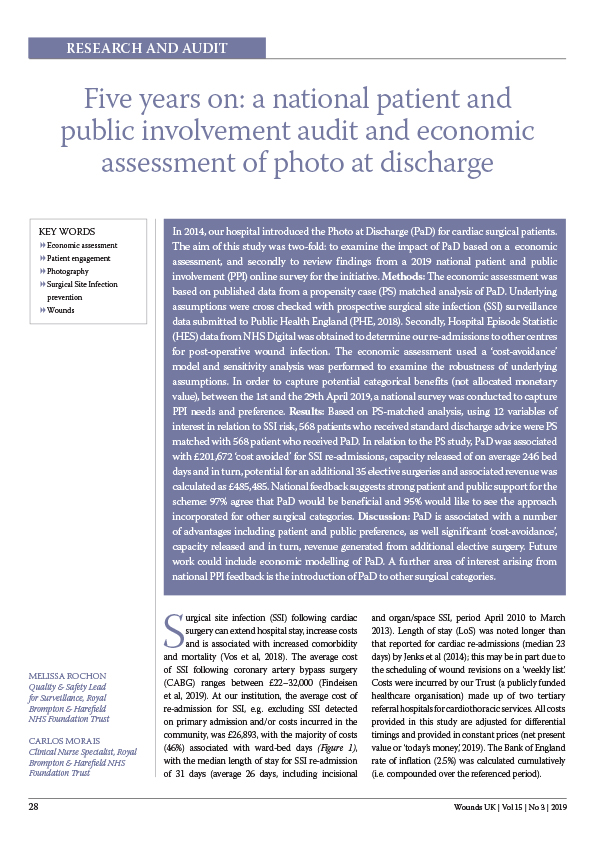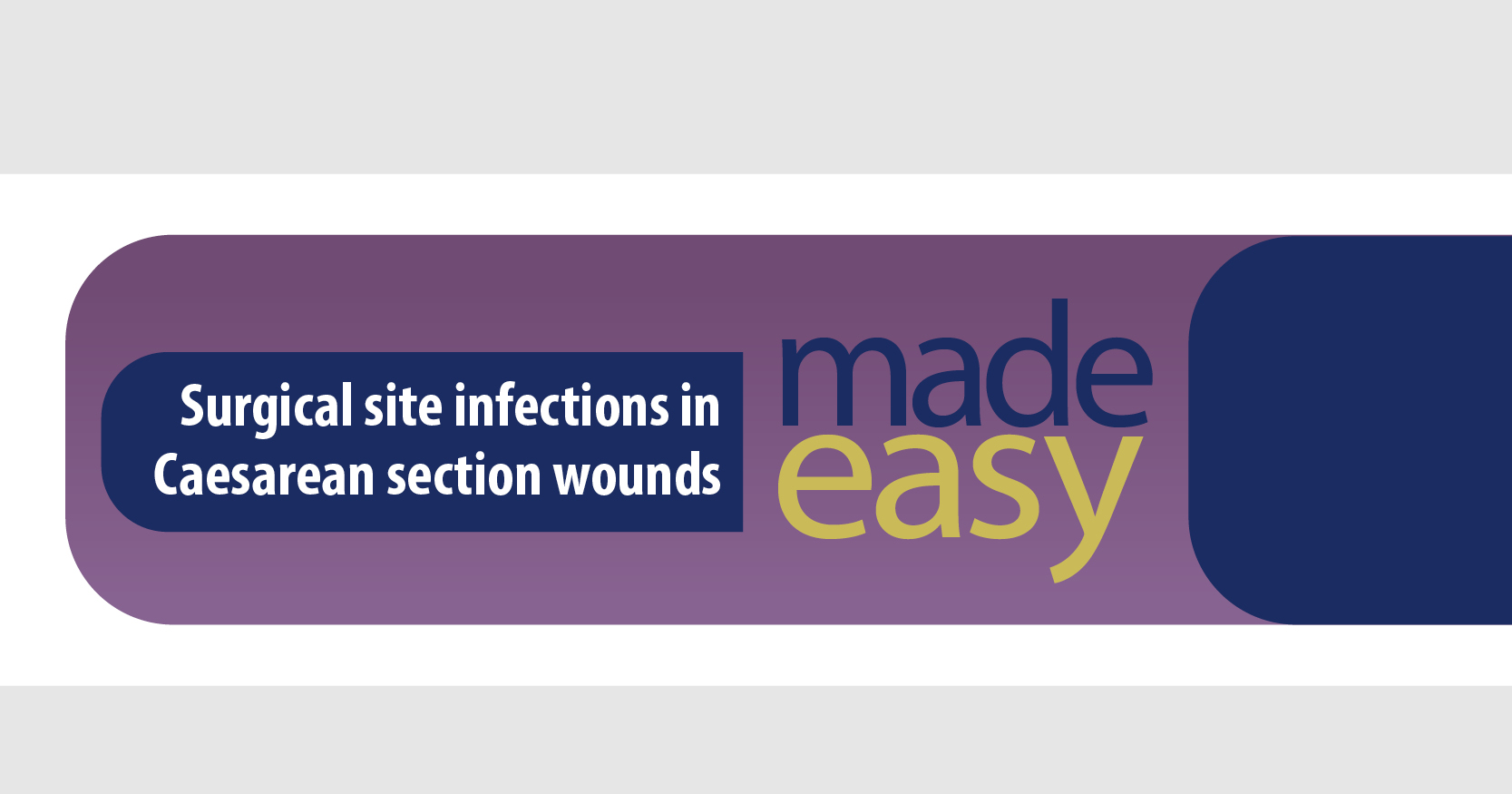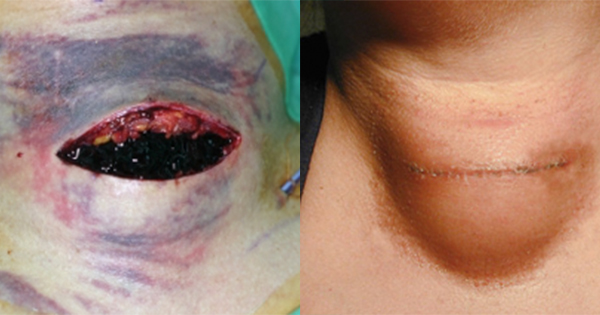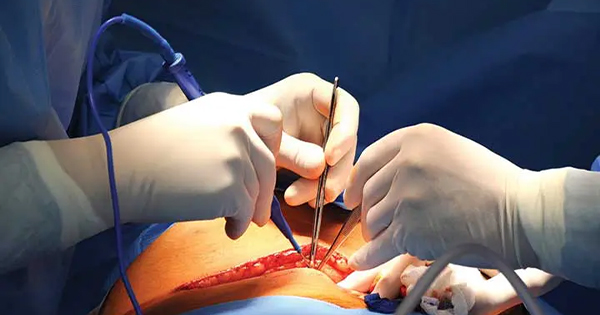In 2014, our hospital introduced the Photo at Discharge (PaD) for cardiac surgical patients. The aim of this study was two-fold: to examine the impact of PaD based on a economic assessment, and secondly to review findings from a 2019 national patient and public involvement (PPI) online survey for the initiative. Methods: The economic assessment was based on published data from a propensity case (PS) matched analysis of PaD. Underlying assumptions were cross checked with prospective surgical site infection (SSI) surveillance data submitted to Public Health England (PHE, 2018). Secondly, Hospital Episode Statistic (HES) data from NHS Digital was obtained to determine our re-admissions to other centres for post-operative wound infection. The economic assessment used a ‘cost-avoidance’ model and sensitivity analysis was performed to examine the robustness of underlying assumptions. In order to capture potential categorical benefits (not allocated monetary value), between the 1st and the 29th April 2019, a national survey was conducted to capture PPI needs and preference. Results: Based on PS-matched analysis, using 12 variables of interest in relation to SSI risk, 568 patients who received standard discharge advice were PS matched with 568 patient who received PaD. In relation to the PS study, PaD was associated with £201,672 ‘cost avoided’ for SSI re-admissions, capacity released of on average 246 bed days and in turn, potential for an additional 35 elective surgeries and associated revenue was calculated as £485,485. National feedback suggests strong patient and public support for the scheme: 97% agree that PaD would be beneficial and 95% would like to see the approach incorporated for other surgical categories. Discussion: PaD is associated with a number of advantages including patient and public preference, as well significant ‘cost-avoidance’, capacity released and in turn, revenue generated from additional elective surgery. Future work could include economic modelling of PaD. A further area of interest arising from national PPI feedback is the introduction of PaD to other surgical categories.







